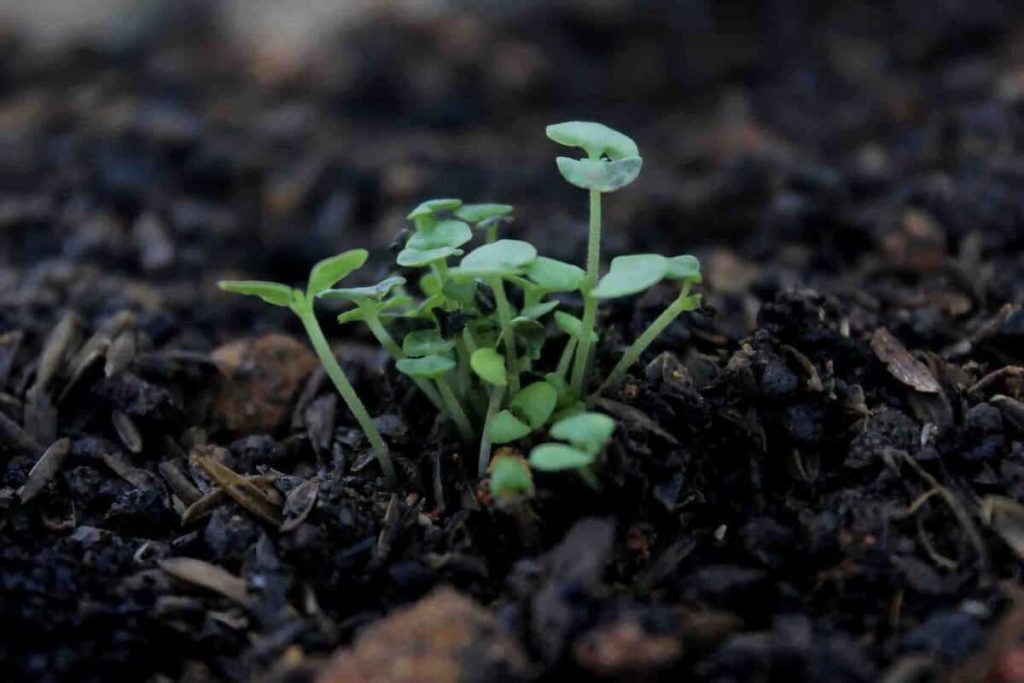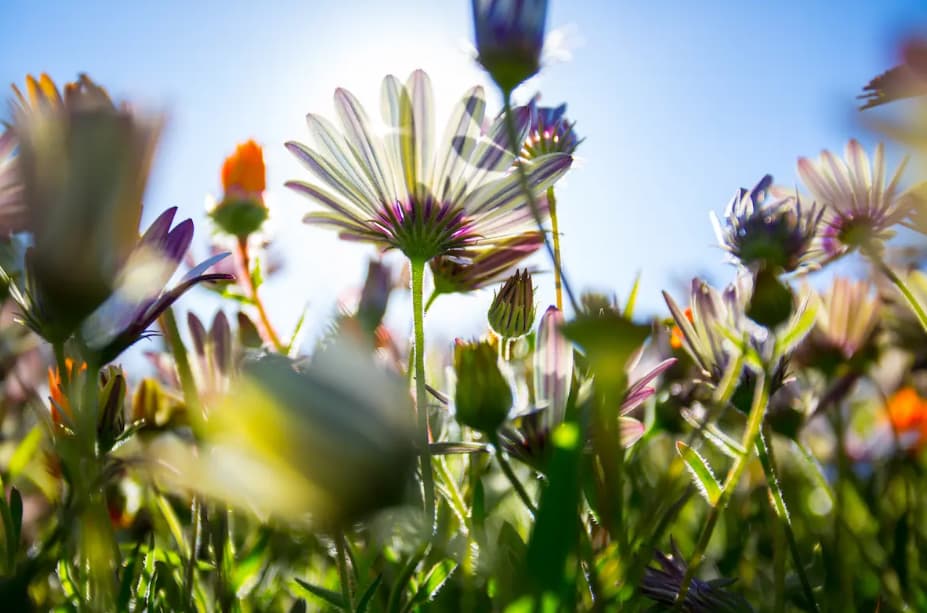Your cart is currently empty!
Climate-Resilient Gardens: A Collective Action
Our gardens are facing unprecedented challenges. Let’s join forces and build a resilient future.
We are considering setting up a community of like-minded people searching, trialing and implementing solutions addressing our collective urgent and growing need. Would you consider participating?

The Urgent Need for Action

Extreme Weather
Droughts, floods, heatwaves, and intense storms are becoming more frequent and severe.
Food Security
Our food systems are vulnerable to climate disruptions, threatening access to nutritious food.
Community Resilience
Strengthening our local food systems is crucial for building community resilience in the face of climate change.
Community Strength
Cultivating Resilience: Strategies for Adapting
Gardeners will need to be more adaptable and proactive, using climate-resilient practices and species to cope with the changing environment.

Changing Growing Seasons
Longer Growing Seasons: Warmer temperatures can extend the growing season in some regions, allowing gardeners to grow a wider variety of plants and have multiple harvests per year.
Shift in Planting Zones: Hardiness zones, which guide gardeners on what plants can survive in their region, are shifting due to rising temperatures. Plants that were once limited to southern regions may now thrive further north.

Soil Health
Soil Degradation: Extreme weather events, such as heavy rainfall, can lead to soil erosion and degradation. This makes it important for gardeners to implement soil conservation practices, like mulching and cover cropping.
Soil Temperature: Warmer soil temperatures can affect nutrient availability and microbial activity, potentially requiring adjustments in soil management.

Pest and Disease Pressure
Increased Pests: Warmer temperatures and milder winters can lead to a rise in pest populations. Insects like aphids, beetles, and caterpillars may become more common, requiring more vigilance and possibly more use of pest control measures.
New Diseases: Climate change can also introduce new plant diseases to areas that previously didn’t experience them. This will require gardeners to adapt by selecting disease-resistant varieties and using proactive disease management strategies.

Water Availability
Drought Stress: In many areas, climate change is leading to more frequent and severe droughts. This will require gardeners to focus on water-efficient practices, drought-resistant plants, and perhaps even reduce the number of water-intensive species. Implement rainwater harvesting, efficient irrigation systems, and water-wise gardening practices.
Flooding Risks: In contrast, some regions may experience increased rainfall and flooding, which can damage plants and soil structure.

Biodiversity and Plant Selection
Shifts in Biodiversity: Some plant species may no longer be viable in certain regions, while others may become newly suitable. This shift in plant biodiversity will require gardeners to be more adaptable in their plant choices.
Pollinators: Changes in the timing of flowering and the availability of food sources can impact pollinators like bees and butterflies, which are crucial for many garden plants. Gardeners may need to plant a wider variety of flowers to support these essential insects.

Sustainable Smart Design
Optimize growing condition: Plan for windbreaks, shade structures, and raised beds to protect plants.
Sustainable Gardening Practices: As climate change impacts intensify, there will likely be a greater emphasis on sustainable gardening practices, such as permaculture, organic gardening, and the use of native plants that are adapted to local conditions.
Community Action: From Ideas to Implementation
Discover innovative techniques and solutions that have worked for gardeners in different regions.
Learn from experienced gardeners and adopt proven methods for adapting to climate change.
Engage in discussions and workshops to share knowledge and learn from each other’s experiences.
Transforming Gardens into Resilient Ecosystems
Biodiversity
Incorporate native plants to attract beneficial insects and create a more resilient ecosystem.
Composting and Recycling
Reduce waste and create nutrient-rich compost to improve soil health and support plant growth.
Pollinator Habitat
Plant pollinator-friendly flowers and provide nesting sites for beneficial insects.
And much more…
Learning Together, Growing Stronger
—> Join the Movement
—> Get involved








